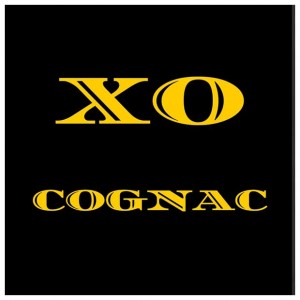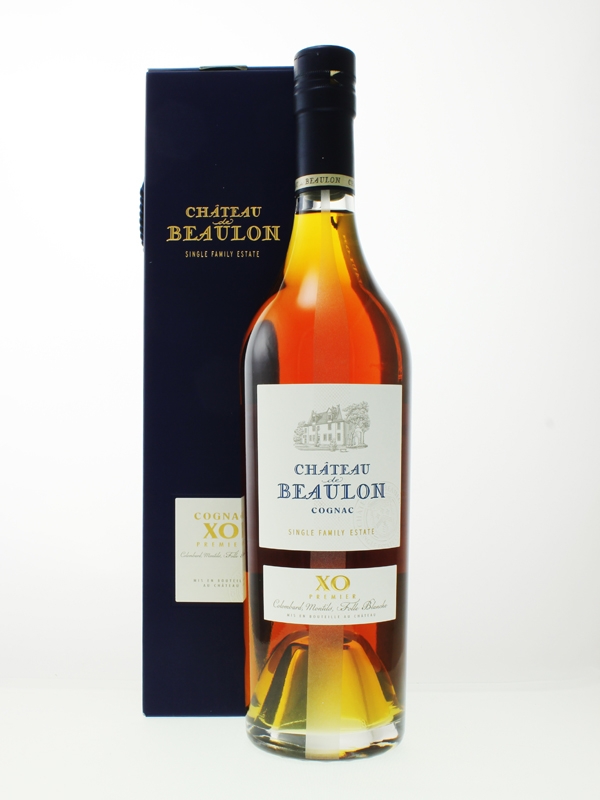The XO Definition Has Finally Been Changed
 With effect from 1 April 2018 any cognac classified as an XO must have been aged for a minimum of 10 years. This change of XO Definition means that in the case of a blend, which many are, the youngest cognac used must now be at least a decade old. This is a 4 year increase as previously only 6 years of ageing was sufficient for a cognac to qualify. Regulatory body, the BNIC, comments that the change is designed to extend the quality positioning of XO cognacs and align them with market reality (some XOs are aged for 10 years or more anyway). First announced in 2011, the industry has been given plenty of warning to mature their stocks however, an interim measure has also been put in place. XO cognacs aged for 6, 7, 8, and 9 years and packaged by 31 March 2018 may be labelled and sold as XO until 31 March 2019. Thereafter, all XOs must be at least 10 years old and no doubt the price will increase accordingly.
With effect from 1 April 2018 any cognac classified as an XO must have been aged for a minimum of 10 years. This change of XO Definition means that in the case of a blend, which many are, the youngest cognac used must now be at least a decade old. This is a 4 year increase as previously only 6 years of ageing was sufficient for a cognac to qualify. Regulatory body, the BNIC, comments that the change is designed to extend the quality positioning of XO cognacs and align them with market reality (some XOs are aged for 10 years or more anyway). First announced in 2011, the industry has been given plenty of warning to mature their stocks however, an interim measure has also been put in place. XO cognacs aged for 6, 7, 8, and 9 years and packaged by 31 March 2018 may be labelled and sold as XO until 31 March 2019. Thereafter, all XOs must be at least 10 years old and no doubt the price will increase accordingly.

